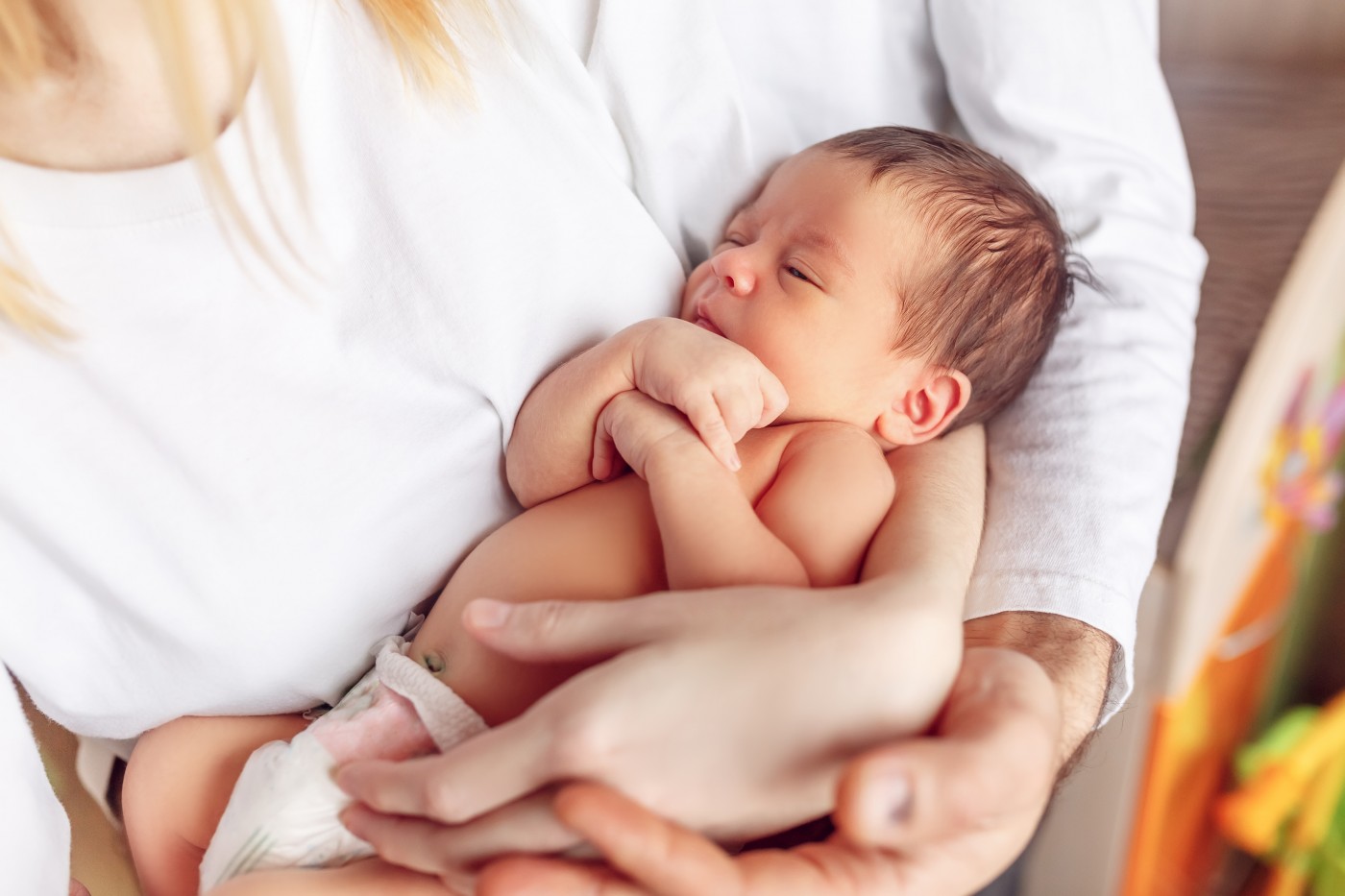Researchers Develop Low-Cost, Reliable Method for Newborn Screening for SMA

Researchers in China report having developed a method that was fast, effective, and reliable in newborn screening (NBS) for spinal muscular atrophy (SMA).
The results, “Newborn Screening for Spinal Muscular Atrophy in China Using DNA Mass Spectrometry,” were published in the journal Frontiers in Genetics.
SMA is mainly caused by the complete loss of exon 7 in the SMN1 gene, leading to a reduction in the levels of SMN, an essential protein for muscle health. Exons are the sections of a gene that contain the information to generate proteins. The simultaneous loss of exons 7 and 8 is also common in SMA patients.
The existence of a second SMN gene, SMN2, can partly compensate for the loss of SMN1-produced SMN. Typically, the more SMN2 gene copies a person has, the less severe the disease.
SMA is inherited in an autosomal recessive manner, meaning that a child must acquire two defective copies of the SMN1 gene — one from the father and one from the mother — to develop the disease.
Detecting the loss of exon 7 and exon 8 in both copies of the SMN1 gene is an effective way to screen for and to confirm a diagnosis of SMA.
Several methods of SMA newborn screening were developed in the last few years. An increasing number of countries are including SMA on the list of disorders for newborn testing, so there is greater demand for reliable SMA screening methods that can be done quickly and cost-effectively.
The researchers developed a method of SMA newborn screening based on Agena Bioscience’s MassARRAY system combined iPLEX assay.
The assay involves the screening of a panel of previously determined mutations, resulting in the amplification of the mutated DNA sequence (when present), which can then be identified by its distinct mass.
It can identify up to 40 mutations in a single reaction and analyze up to 100 samples a day, and it produces results in less than eight hours from DNA preparation. Considered a low-cost method, this system can be implemented in small- or medium-sized newborn screening laboratories, and its results are easy to interpret.
This method was successfully used to detect Fabry disease in young Taiwanese girls, so researchers explored the use of Agena’s assay to detect SMA in Chinese newborns.
The new SMA-directed test, which the researchers called Agena iPLEX SMA assay, was designed to detect SMA mainly based on two well-known DNA differences between the SMN1 and SMN2 genes, one in exon 7 and another in exon 8.
The team first validated its SMA screening method in dry blood spot samples of 167 previously genotyped newborns, which included one SMA case. The method had a sensitivity and specificity of 100%, since it effectively detected the single newborn with SMA (sensitivity) without wrongly detecting the disease in any unaffected newborns (specificity).
Researchers then used the new method to screen 29,364 newborns, from six Chinese hospitals, for SMA. Results were confirmed by multiplex ligation dependent probe amplification (MLPA), a technique considered the gold standard to detect SMA.
Results showed that the new SMA screening method successfully identified three newborns with SMA — all with deletions of both exons 7 and 8 in both SMN1 gene copies — whose diagnoses were confirmed with MLPA. Based on the data, the researchers noted that the sensitivity and specificity of the new SMA screening method were both 100%.
Two of these newborns (one girl and one boy) had two copies of the SMN2 gene, which is suggestive of SMA type 1, and both showed signs of neurodegeneration and reduced muscle strength before 3 months of age.
The third newborn, a boy, had four SMN2 gene copies, which is suggestive of SMA type 3 or 4, and showed a normal growth and development, without clinical symptoms, until the last follow-up visit.
“The Agena iPLEX SMA assay is an effective and reliable approach for population-based SMA NBS,” the researchers said. “The first large-scale pilot study using this assay in the Mainland of China showed that large-scale implementation of population-based NBS for SMA is feasible.”
The team said that the method is about $3 per sample and “could be recommended as an efficient tool” for SMA newborn screening.







